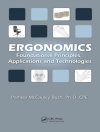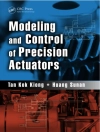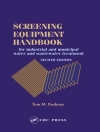What are the advantages of making one’s own compost? Is there really a benefit to using compost as opposed to building soil organic matter through other means? How can the decision about compost making affect a farm’s economics? Part of the NOFA Guides series, this manual will help answer these questions, and is specifically intended to address the conditions faced by organic farmers in the Northeast.
Information on composting techniques, including:
- Principles and biology of composting
- Temperature, aeration and moisture control
- Composting methods
- Materials (additives and inoculants, biodynamic preparations)
- About costs (site preparation, equipment, labor and time)
- What do you do with it?
- Compost tea and other brewed microbial cultures
- Compost and the law
With extended appendices including a recipe calculator, potting mix recipes, and a sample compost production budget sheet.
Table des matières
1. Why compost?
2. Principles and biology of composting
3. Temperature, moisture, and aeration
4. Composting methods
5. Materials
6. About costs
7. When is compost finished? and how is it applied?
8. Compost tea and other brewed microbial cultures
9. Compost and the law
A propos de l’auteur
Grace Gershuny, in addition to her position on the staff of the U.S. Department of Agriculture’s National Organic Program, has worked for many years as an educator, organizer, and market gardener. She is nationally known in the alternative agriculture movement, is the author of Start With the Soil, and Compost, Vermicompost and Compost Tea: Feeding the Soil on the Organic Farm as well as co-author of The Rodale Book of Composting and The Soul of Soil. She is on the faculties of the Institute for Social Ecology and Goddard College, and lives in Barnet, Vermont.












